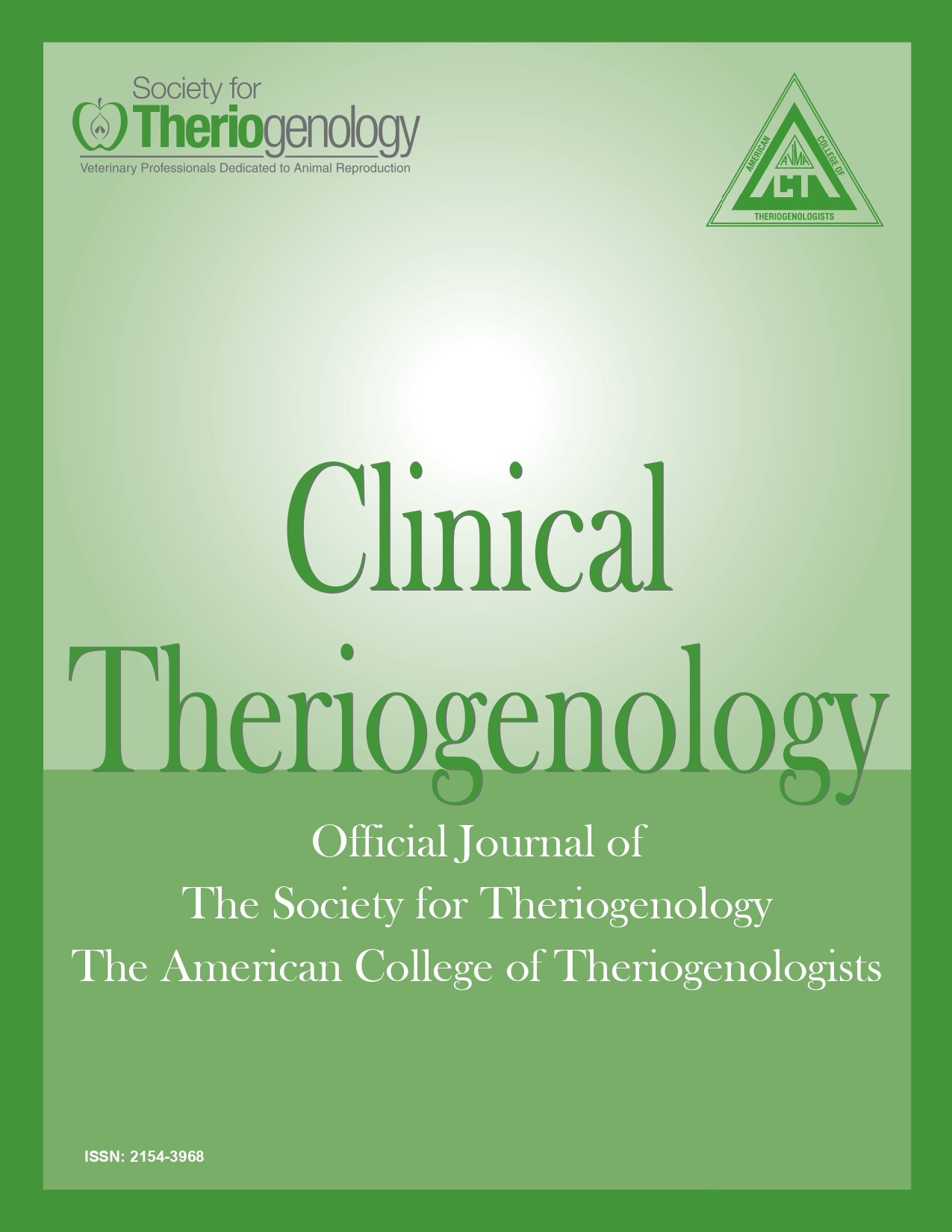Zoo clinical challenge - gorilla infertility
Abstract
Reproductive monitoring and intervention are challenging in nondomestic species where manual restraint is often not possible or
potentially dangerous for animals and the clinician. As a result, performing even simple procedures (e.g. acquiring blood or vaginal
smears or using ultrasonography) on such species may not be possible without full anesthesia, as is the case for gorilla. Therefore,
whenever possible, noninvasive techniques are preferred as tools for reproductive monitoring. Yet, for a large proportion of nondomestic
species, many basic parameters (e.g. cycle length, duration of follicular and luteal phases, or ovulatory mechanism) are not known,
so diagnosis and treatment of reproductive abnormalities are even more challenging. Similarly in males, many needed diagnostic
procedures require either noninvasive techniques and/or anesthesia. An example of the clinical approach and challenges to breeding
problems in gorillas in zoos is presented.
Downloads

This work is licensed under a Creative Commons Attribution-NonCommercial 4.0 International License.
Authors retain copyright of their work, with first publication rights granted to Clinical Theriogenology. Read more about copyright and licensing here.





